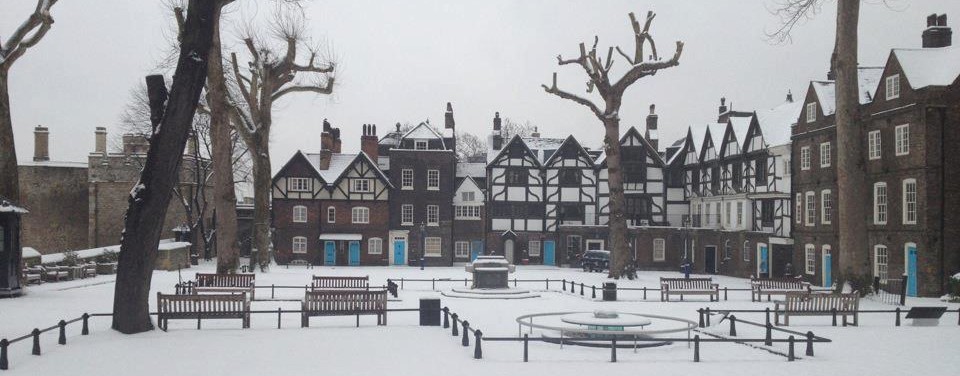Waterloo Medal
The Waterloo Medal is a military decoration that was conferred upon every officer, non-commissioned officer and soldier of the British Army (including members of the King’s German Legion) who took part in one or more of the following battles:
Ligny (16 June 1815),
Quatre Bras (16 June 1815)
Waterloo (18 June 1815).
After the victory at Waterloo, the House of Commons voted that a medal be struck for all those who participated in the campaign. The Duke of Wellington was supportive, and on 28 June 1815 he wrote to the Duke of York suggesting:
… the expediency of giving to the non commissioned officers and soldiers engaged in the Battle of Waterloo a medal. I am convinced it would have the best effect in the army, and if the battle should settle our concerns, they will well deserve it.
On 17 September 1815 Duke of Wellington wrote to the Secretary of State for War, stating:
I recommend that we should all have the same medal, hung to the same ribbon as that now used with the [Army Gold] Medal.
The medal was issued in 1816–1817 to every soldier present at one or more of the battles of Ligny, Quatre Bras and Waterloo. Each soldier was also credited with two years extra service and pay, to count for seniority and pension purposes,[5] and were to be known as “Waterloo Men”. The medal was announced in the London Gazette on 23 April 1816.
